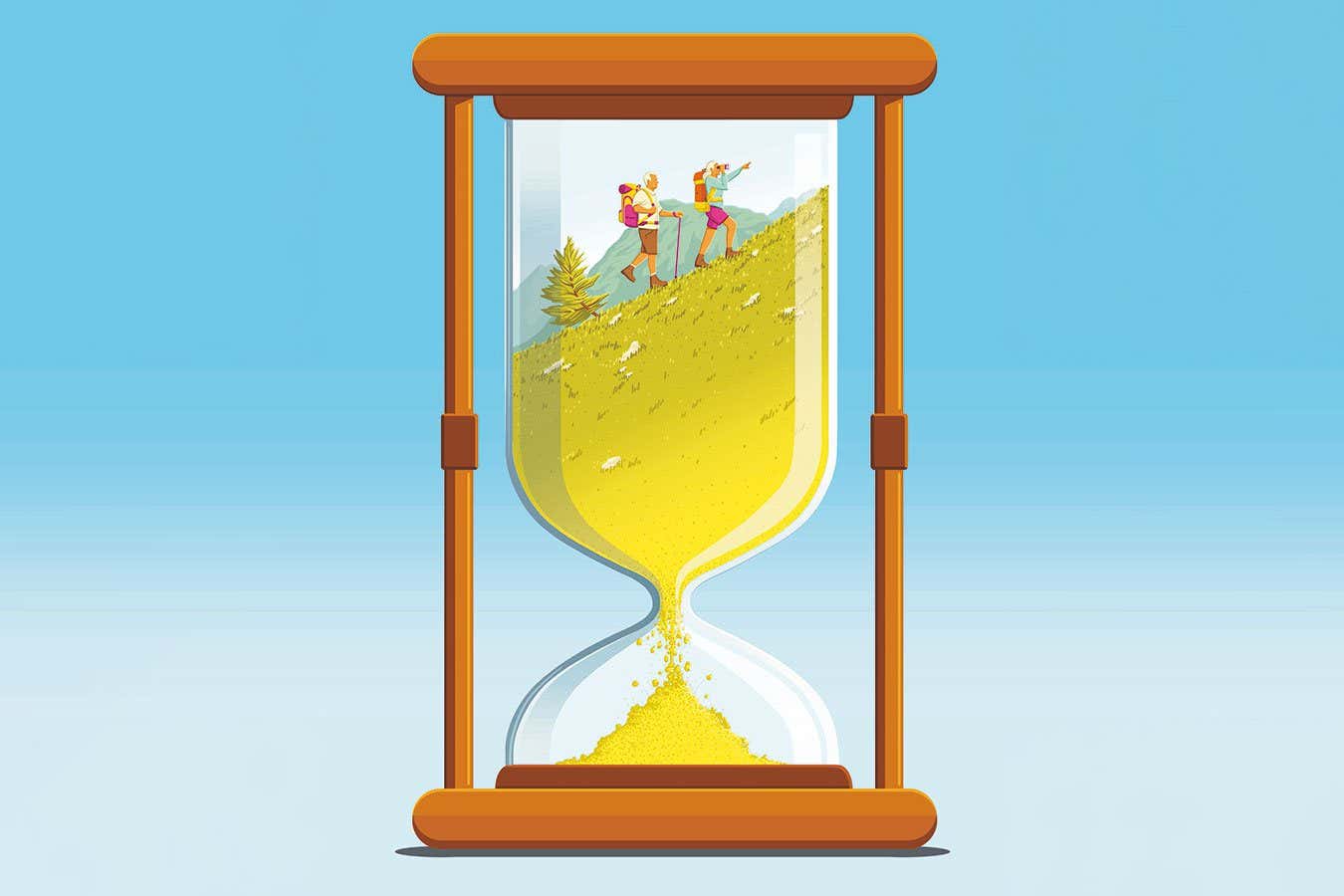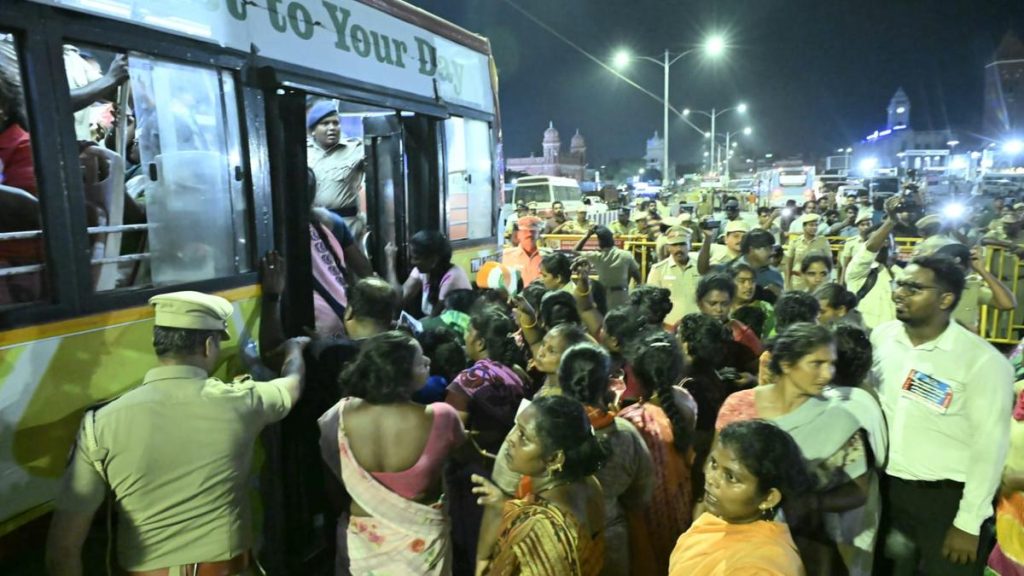Now Reading: New Health Metric Redefines Perspectives on Ageing
-
01
New Health Metric Redefines Perspectives on Ageing
New Health Metric Redefines Perspectives on Ageing

Rapid Summary:
- Global Longevity Trends: Life expectancy has risen considerably worldwide. For example, in England, life expectancy for a baby boy born in 1900 was 44 years, which rose to nearly 87 today.
- Healthspan vs Lifespan: The concept of “healthspan” measures the years people live without chronic illnesses or age-related disabilities. Research shows healthspan has lagged behind lifespan; global healthspans rose by just 5.4 years from 2000 to 2019, while lifespans increased by 6.5 years.
- Discrepancies Found: Higher-income countries have larger healthspan-lifespan gaps (e.g., USA gap is >12 years). Women generally live longer but endure larger burdens of disease compared to men.
- New Approach – Intrinsic Capacity: Gerontologists now use “intrinsic capacity” to assess an individual’s ability across five domains-locomotion, cognition, psychological vitality, vision/hearing capabilities-providing a nuanced understanding of ageing beyond simple disease presence.
- Generational Data Shows Positive Trends: Recent studies show improved intrinsic capacity among later generational cohorts versus older ones. For instance, people born in the UK in 1950 score higher at age 68 than those born in earlier decades did at younger ages.
- Compression of Morbidity Concept: There are signs that age-related illness periods may cluster into shorter spans toward end-of-life for healthier generations born post-WWII until around the mid-century mark.
- Challenges adn Concerns Ahead: Factors like plateauing improvements (e.g., education quality), obesity rates, pollution impact future trends negatively.
Image Captions:
- Individuals with proper interventions can retain functionality despite certain diagnoses – Stephan Schmitz illustration shows this visual insight on staying active later into life.
- Comparative aging cross-cohorts reveal marked better functioning even among senior groups – REUTERS/Gil Montano discusses intrinsic dynamics metrics on this shift.
Indian Opinion Analysis:
The concept of intrinsic capacity reframing our perception towards healthy ageing carries meaningful relevance for India-a nation poised to hold one-sixth of Earth’s population aged above 60 soon as part wider demographic shifts*. while India’s average lifespan might’ve increased due notable advances e.g family planning decent Healthcare affordable Anti-tuberculosis practices under lower-income setup some might worry question local governments will realistically tacklewild scale longtermcounter rhe already fragile primary ecosystem brushing aside complex urban polluted lifestyles sedentary rural migration change patterns


























